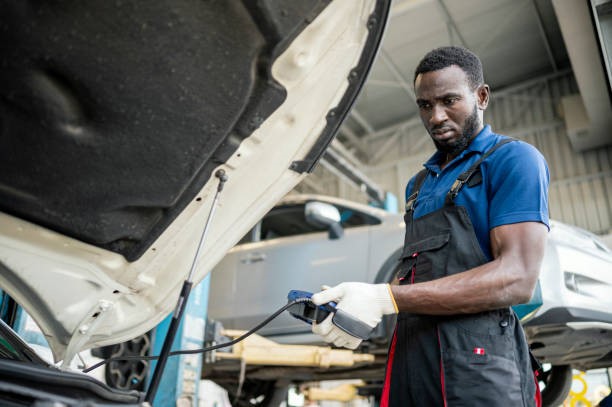Low-Grade Vehicles Call for High-Quality Reconditioning

Article Highlights:
- What are your reconditioning plans to compete?
- Move vehicles from department to department automatically.
Automotive News recently published an article discussing why dealerships are sourcing lower-grade used vehicles to fill their lots. With the inventory shortage still plaguing the market, dealers are having to cast a wider net. These vehicles naturally need more time to go through the recon process, so how is the industry handling these new reconditioning hurdles?
The article recommends dealers create a separate reconditioning process for lower-grade cars, and implement a tool to track efficiency. Adding technology to the process will help speed it up, especially for vehicles in worse condition than what your dealership is used to. Before choosing a reconditioning software to put in your dealership, you need to consider everything it needs to do for you.
Automate the Process
The reconditioning management system you choose for your dealership needs to be fully automated, but what does that look like exactly? A reliable management tool should move vehicles from department to department automatically as work is completed on the vehicle. Techs and production workers should not have to walk over to the manager to notify them when work is complete. A reliable management system will pass the vehicle on to the next department as soon as workers complete the tasks assigned to them.
Create a Consistent Lean Process
There is risk in selling a used car. Unresolved safety concerns can result in legal trouble from the consumer back to the dealer. Creating a consistent lean inspection process can eliminate risk and improve efficiencies. This is why having a reconditioning solution that has a customizable multi-point inspection tool is important. Best-in-class solutions will add specific repair items to specific failure points to improve both time and accuracy.
Track Every Detail
The right tool will track cycle times for every department that’s involved in the production process. It should also log each department the vehicle has touched, who did the work on it, and if there were any changes in pricing for parts or labour. Managers should be able to access this information so they can see where exactly any inefficiencies lie. This way, if vehicles are getting caught up in a certain department, your used vehicle manager can recognize it and help resolve the issue right away.
The Bottom Line
You’re going to need insight into every step of the production process to ensure profits on these lower-grade vehicles. Transparency and efficiency in reconditioning will help you get your inventory front-line ready, and give you a competitive edge in this market. Improving the reconditioning process with these enhancements will help you get any used vehicle, regardless of condition, from acquisition to sale faster than before. Creating a more streamlined process will bring seamless, cross-departmental success free from delays, while increasing profits.
Related Articles:
As leaves begin to fall and jack-o-lanterns light up porches, your service drive faces its own set of tricks and treats. Just as homeowners prepare…
Canadian summers are perfect for spending long hours on the golf course. While watching the golfers was exciting, I couldn’t help but shift some of…
Reynolds and Reynolds began as a family-owned printing business in 1866 and has since grown into one of the automotive industry’s premier suppliers, offering nearly…
When it comes to running a dealership, customer satisfaction is everything. But what about your satisfaction as our customer? I spoke with Alex Abramovich, Consulting Senior…


















